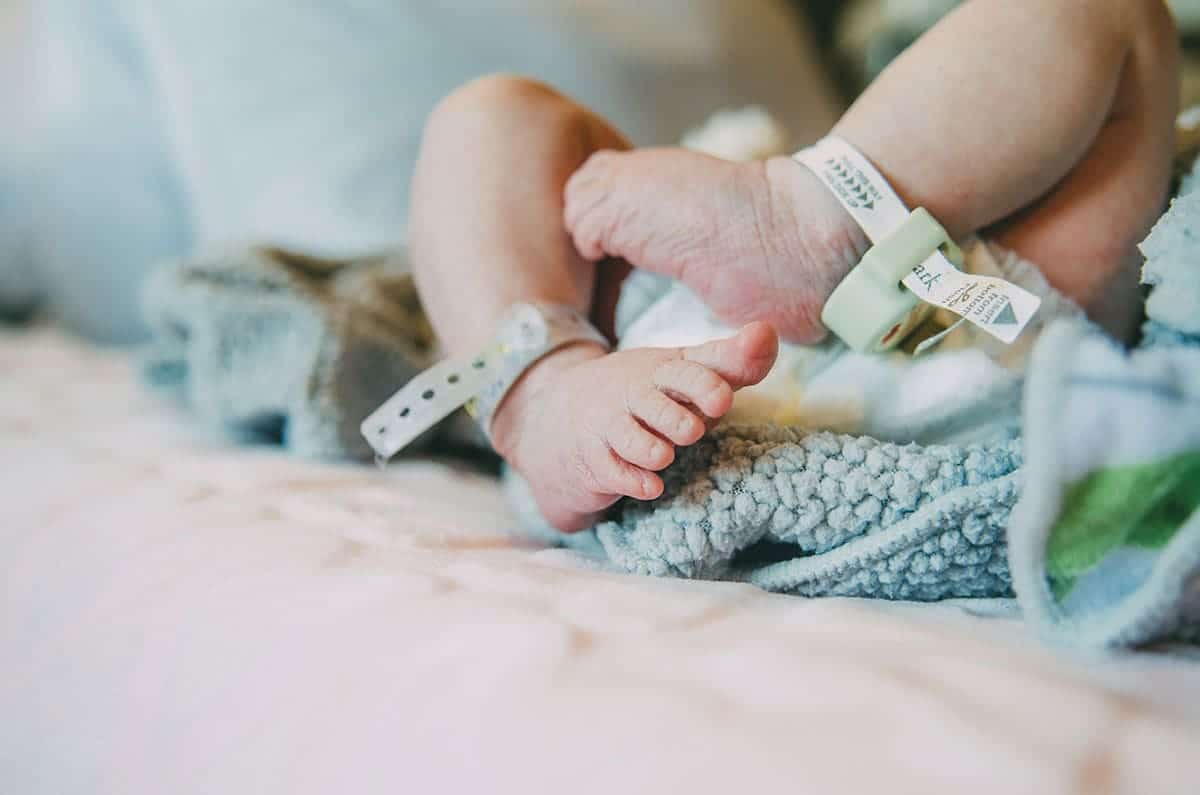They are a tool that has helped save lives in Australian hospitals, but forceps are fast gaining a reputation as a dangerous, and even deadly tool when used by unskilled practitioners.
Originally invented by the Chamberlen family in the 16th and 17th century, the forceps soon became common place in birthing suites around the world and are still used today.
The instrument, looking very similar to salad tongs, allows hospital staff to clasp the top of a baby’s head during the birth process. The practitioner can then help turn and pull the baby to progress the birth and help deliver babies that would otherwise be stuck in the birth canal.
Their ability to safely deliver a baby in complicated vaginal births cannot be denied, however critics are claiming that in unskilled hands, forceps have the potential to do more harm than good and in some cases, should be banned from the delivery suite completely.
“There is no doubt that forceps save lives however, we are seeing cases where mothers and babies are suffering horrendous injuries from them, when often, performing a cesarean or using a vacuum would have been the safer alternative given the clinical presentation.” Says Felix Blumer, Director at Blumers Lawyers.
“We are currently dealing with a very sad case where a baby has suffered injuries and long-term damage from the incorrect use of forceps. This has caused extensive emotional distress for the parents and medical bills totalling in the tens of thousands.” he says.
Forceps are still in use in Australian hospitals, and their use is not declining, with some reports showing a spike in forcep use in recent years.
Some argue that government initiatives developed to reduce the c-section rate are to blame for the increase in forceps use. The NSW Government’s Towards Normal Birth policy is one such initiative and such a strong focus on decreasing the c-section rate is resulting in practitioners turning to the rudimentary device when sometimes a c-section was in the mother’s and baby’s best interest.
“Sadly we are seeing an increase in the number of families coming to us after suffering from the incorrect use of forceps, many still suffering the consequences years after the birth.” continues Blumer.
“A lot of women are inadequately informed of the potential risk of forceps use before they are used, which is why they later come to us saying ‘if I had known the risks I would never had consented to their use.”
It is well-reported, that compared to c-sections, the use of forceps greatly increases the mother’s chance of suffering urinary and fecal incontinence, severe tears to the perineum, as well as the potential to cause facial injuries and shoulder dysplasia for the baby. More severe complications for the mother include prolapse, difficulties having sex, persistent chronic pain and issues standing for prolonged periods.
There is also an emotional toll on those who have suffered from forceps injury and some mothers are left feeling traumatised from their birth experience. Psychological issues such as post traumatic stress disorder (PTSD), flashbacks and a fear of giving birth again are also reported.
Perhaps because of the private nature of birth and the potential embarrassment around discussing the complications related to forceps injuries, parents can be reluctant to come forward and discuss their options about receiving compensation for their suffering and injury.
Blumer mentions that this not need to be the case. “We are experts in personal injury law, these are the tough discussions we are having with our clients every day and the good news is that once parents find the confidence to seek help after forceps injury, we are able to help them gain the best compensation possible for the level of distress their family has suffered.” he concludes.

